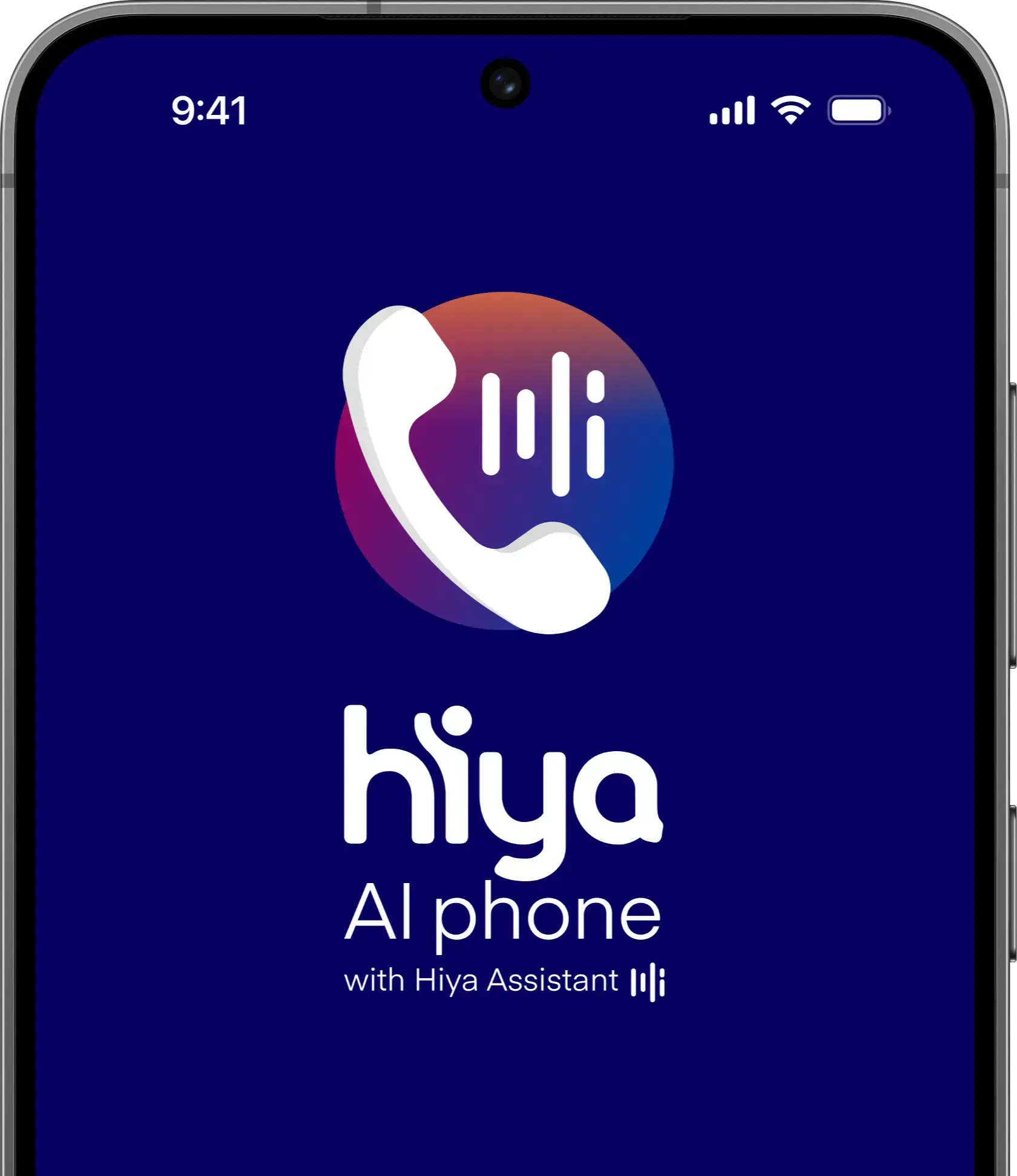.jpg)
“A question I get asked a lot is ‘Is the phone call dead?’ I can guarantee you the answer is no. But, I can say that the voice channel has been compromised, with the infiltration of fraudsters and spammers and unknown callers who are not looking out for your best interest.”
That’s how Hiya’s Vice President of Product Tanvi Saxena opened up the recent State of the Call 2024 webinar. Along with Hiya CEO Alex Algard, Tanvi related the top insights and trends in the voice channel for 2024. The webinar covers:
- Consumer and industry preferences on communication methods.
- The rate of spam and fraud calls.
- Financial losses to spam calls in key markets.
- Recommendations to businesses for protecting their reputation, their customers and their employees.
Data presented in the webinar comes from Hiya’s 2024 State of the Call report, which surveyed more than 12,000 consumers, 1,800 business professionals, and 600 security and IT professionals in the US, UK, Canada, France, Germany, and Spain.
Request access to the State of the Call 2024 webinar on demand.
Five key trends in 2024
The State of the Call webinar highlights five key trends for 2024. Those trends included:
1. Consumers and businesses continue to prioritize voice calls
Consumers prefer voice calls over email or text, especially when communicating sensitive information, such as when talking with healthcare providers, banks, lenders and credit card companies.
On the business side, most companies said voice calls were “essential” or “very important” to achieving their goals, such as making sales.
2. Spam and fraud calls are a major problem and they’re getting worse
Hiya’s data confirms the spam problem is worsening. In 2023, more than 28% of the 46.75 billion unknown calls analyzed by Hiya were spam or fraud, compared to 24% in 2022. Despite this trend, few consumers use apps designed to enhance call protection. Only about one-third of consumers have downloaded phone fraud prevention apps, and most said they would be unwilling to pay extra for protection.
3. The financial cost of spam and fraud calls is increasing
The financial cost of phone spam and fraud has grown significantly over the past year. Sixteen percent of consumers surveyed by Hiya said they lost money to a phone scam in the past year.
Unwanted calls are also wasting consumers’ time. Consumers report spending nine minutes each week — or more than 7.6 hours per year — screening unwanted calls. As a result, 11% of consumers said they had switched carriers in a bid to improve their call experience, and another 27% are considering switching.
4. Businesses report growing concerns about the threat that spam and fraud calls pose to their operations, reputations and bottom line
Hiya’s survey found that businesses struggle to reach consumers and prospects because their calls are either labeled as spam or fraud, or unidentified. It’s a serious challenge for organizations, as 46% of unidentified calls go unanswered — even when legitimate businesses are calling.
Businesses are also suffering reputational harm caused by scammers who impersonate their companies when trying to defraud consumers. Thirty-three percent of business workers said scammers used their company name in calls, and 25% said scammers had hijacked or spoofed their phone numbers.
5. Solutions that improve call identity are essential to mitigating spam and fraud.
The key to solving the challenges described above is to implement better call identity and protection, making it easier for consumers to trust and answer calls — as 77% of consumers report being more likely to answer a call if they know who is calling. Additionally, 31% of business workers agree that adding identity is the most effective way to increase call answer rates.
Interested in learning more about Hiya's annual research report and findings, request on-demand access to watch the State of the Call 2024 and download your copy of the 2024 State of the Call report.









